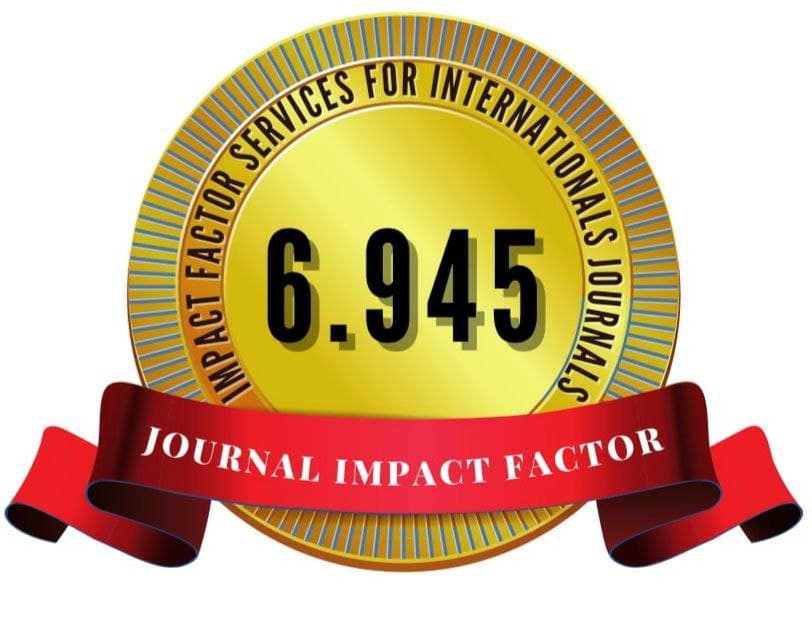Green Finance and Investment Allocation in The Transition to Sustainability
Keywords:
Green Finance, Sustainable Development, Green Bonds, Climate Funds, Financial Instruments, Investment Disparities, Policy Framework, Economic Sustainability, Public-Private Partnerships, Low-Carbon EconomyAbstract
Competing policies supporting sustainable development must include a green economy transformation. As important accelerator of transition, green finance has, however, significant disparities on distribution of investment and access of finance across regions. This paper assesses the efficiency of financial tools including green bonds, climate funds and sustainable investments in promoting green economy. This research analyzes the situation through a wide-ranging method that utilizes second-hand information gathered from policy reports as well as financial statements and academic publications. The research demonstrates that green bonds represent the best financial tool because developed nations China United States and Germany demonstrate the strongest investment dedication to these bonds. Emerging market countries encounter two barriers to gather private capital investment from both policy instability and insufficient financial systems. The research demonstrates that the green finance gap demands improved policies along with strengthened public-private relationships and optimized climate fund operations. This research supports the on-going debate on sustainable finance by offering information on successful practices and policy recommendations that can best adapt financial strategies build a solid, low-carbon economic situation. Research should investigate extended reactions and establish creative funding methods to establish fair green financing availability among all nations.
References
[1] European Union, “Just Transition Mechanism,” 2021. [Online]. Available: https://ec.europa.eu/.
[2] United Nations Environment Programme, “Global financial architecture reform for climate finance,” 2023. [Online]. Available: https://www.unep.org/.
[3] International Monetary Fund, “Climate Finance in Emerging Markets,” 2022. [Online]. Available: https://www.imf.org/.
[4] World Economic Forum, “Transition finance report,” 2023. [Online]. Available: https://www.weforum.org/.
[5] McKinsey & Company, “Path to net-zero emissions in emerging markets,” 2023. [Online]. Available: https://www.mckinsey.com/.
[6] European Commission, “EU Green Deal and Sustainable Finance,” 2023. [Online]. Available: https://www.ec.europa.eu/.
[7] United Nations Framework Convention on Climate Change, “Climate finance report 2016,” 2018. [Online]. Available: https://unfccc.int/.
[8] BloombergNEF, “Green Bond Market Trends,” 2022. [Online]. Available: https://www.bnef.com/.
[9] International Renewable Energy Agency, “Global landscape of renewable energy finance 2023,” 2023. [Online]. Available: https://www.irena.org/.
[10] International Energy Agency, “Global Renewable Investment Outlook,” 2023. [Online]. Available: https://www.iea.org/.
[11] B. Ünüvar, “Financing the green economy,” in Handbook of Green Economics, Academic Press, 2019, pp. 163–181.
[12] P. Soundarrajan and N. Vivek, “Green finance for sustainable green economic growth in India,” Agric. Econ. Ekon., vol. 62, no. 1, 2016.
[13] United Nations Environment Programme (UNEP), “State of Climate Finance,” 2021. [Online]. Available: https://www.unep.org/.
[14] S. Niyazbekova et al., “Instruments for financing and investing the ‘green’ economy in the country’s environmental projects,” in E3S Web of Conferences, EDP Sciences, 2021, p. 10054.
[15] N. Liu, C. Liu, Y. Xia, Y. Ren, and J. Liang, “Examining the coordination between green finance and green economy aiming for sustainable development: A case study of China,” Sustainability, vol. 12, no. 9, p. 3717, 2020.
[16] J. Li, K. Dong, F. Taghizadeh-Hesary, and K. Wang, “3G in China: how green economic growth and green finance promote green energy?,” Renew. Energy, vol. 200, pp. 1327–1337, 2022.
[17] Q. Geng, Y. Wang, and X. Wang, “The impact of natural resource endowment and green finance on green economic efficiency in the context of COP26,” Resour. Policy, vol. 80, p. 103246, 2023.
[18] K. Ganbat, I. Popova, and I. Potravnyy, “Impact investment of project financing: opportunity for banks to participate in supporting green economy,” Balt. J. Real Estate Econ. Constr. Manag., vol. 4, no. 1, pp. 69–83, 2016.
[19] World Economic Forum (WEF), “Green Finance Mechanisms and Their Impact,” 2022. [Online]. Available: https://www.weforum.org/.
[20] Organisation for Economic Co-operation and Development (OECD), “Green Bonds Report,” 2021. [Online]. Available: https://www.oecd.org/.
[21] World Bank, “Scaling Climate Finance in Developing Economies,” 2022. [Online]. Available: https://www.worldbank.org/.
Downloads
Published
How to Cite
Issue
Section
License
Copyright (c) 2025 Umida Abdugaffarovna Ganieva

This work is licensed under a Creative Commons Attribution 4.0 International License.






